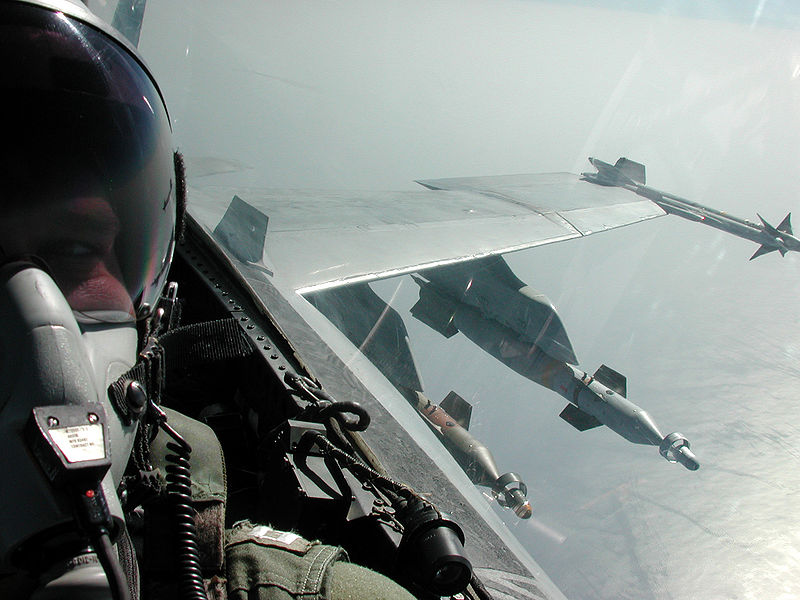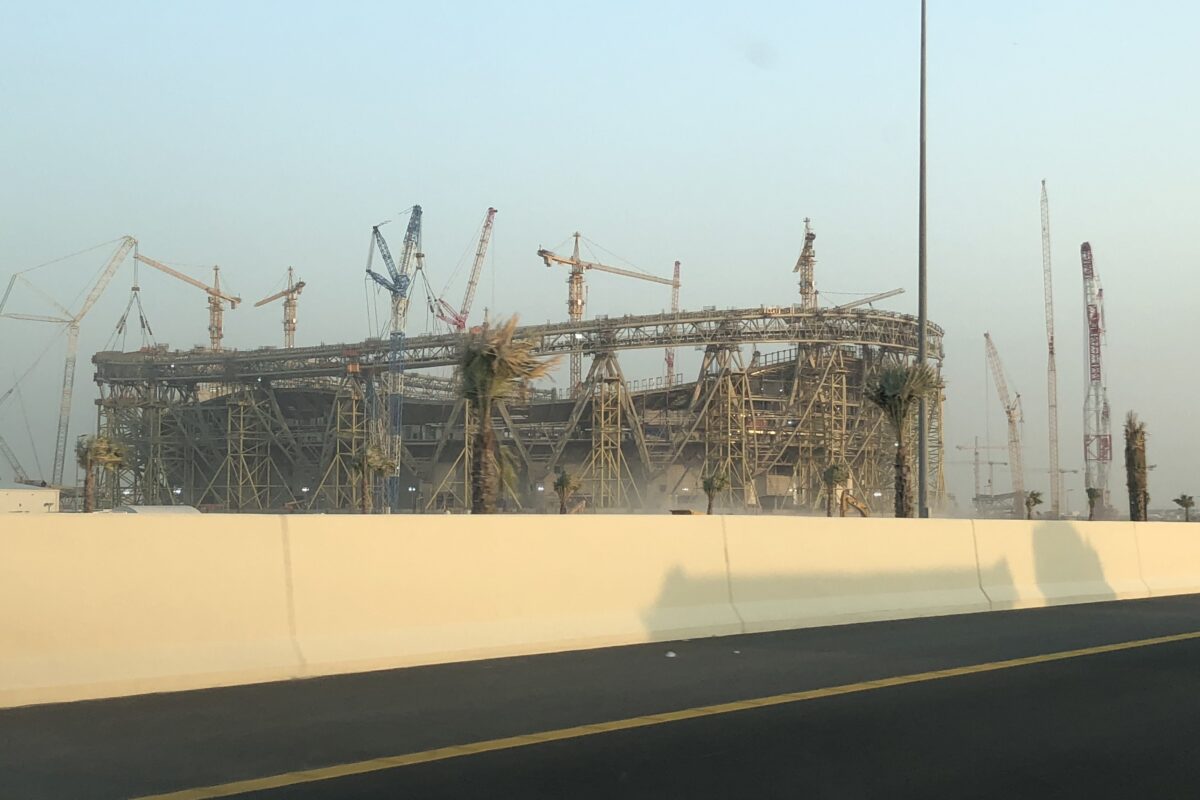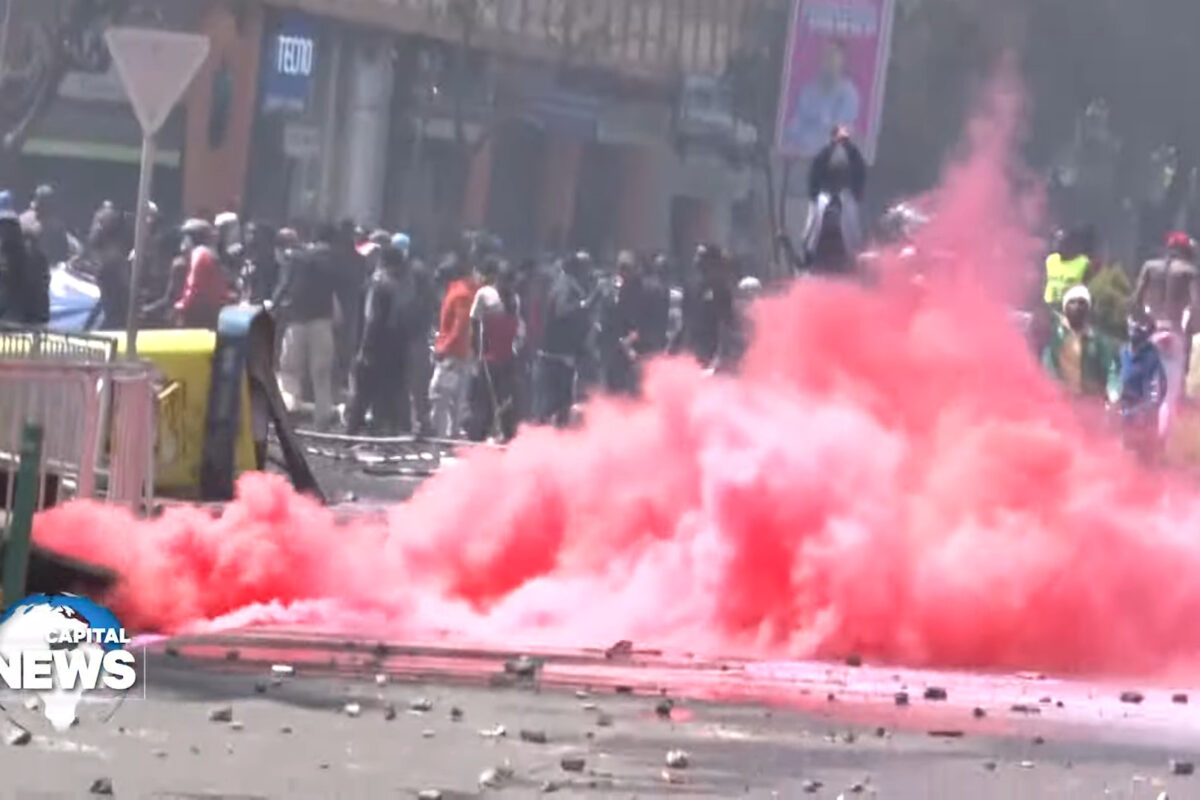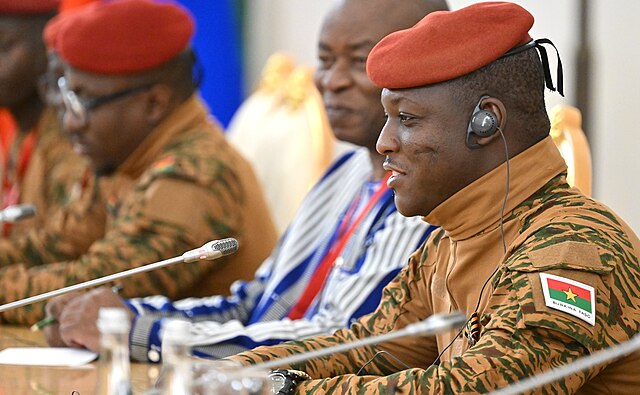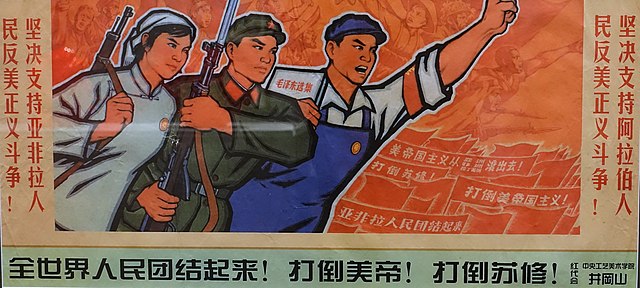In 2021, poverty and theocracy in Afghanistan strikes us as an anachronism. How did the people of Afghanistan get saddled with another Taliban government? While a plethora of articles attack the Taliban (rightly), most avoid the real history. Simply put, colonial type countries struggling towards modernity are faced by imperialist demands for political subservience. This is the terrible recent story of Afghanistan. The ‘Iron Amir’, Abdur Rahman Khan expressed the dilemma in 1900:
“How can a small power like Afghanistan, which is like a goat between these lions [Britain and Tsarist Russia], or a grain of wheat between two strong millstones of the grinding mill, stand in the midway of the stones without being ground to dust?”
In the 20th century, on top of feudal rural oppression and national and tribal divisions, came repetitive turns of the imperialist screw. British power-plays, Russian invasion, Pakistani secret service manipulation, and USA and NATO killings – all ruthless. So far all these imperialisms have been allied to differing factions of feudal reactionaries. Now, it is likely that a new imperialist turn will entail Chinese penetration.
Imperialist domination is the key to Afghanistan’s horrendous recent history.
1. ‘Divide and Rule’ – British imperialism in Afghanistan sets the fuse
The strategy of ‘divide and rule’ was learnt by British colonists in Ireland. But it was refined to a pinnacle in the Indian ‘jewel’ of British Empire. Over three Anglo-Afghan wars, the British formally lost battles, but they won the war. It imposed the 1893 ‘Durand Line’ on Afghanistan, placing pieces of Pashtun and Baluch territory into Imperial India. This sore fostered Pushtunistani nationalism obsessing later Pakistani leaders.
After World War 2 direct colonial rule was replaced by indirect neo-colonialism. Sir Stafford Cripps admitted to parliament:
“What, then, were the alternatives which faced us? These alternatives were fundamentally two… First, we could attempt to strengthen British control in India (with) a considerable reinforcement of British troops. The second alternative was that we could accept the fact that the first alternative was not possible… We had not the power to carry it out”.
The 1947 Partition into ‘India’ and ‘Pakistan’ was not by ethnicity, but based on religious belief. Empire property divided between two Dominions, created permanent tension strengthening continued domination. Migrations, refugees and persecuted minorities ensued.
The Durand line became the frontier dividing Pashtuns between Afghanistan and Pakistan. Baluchistan was now an oppressed nation under the dominant Punjabi nation of the state of Pakistan. The long fuse of the ‘Pushtunistan’ national question burns today. The tribal feudal character of Afghanistan is the backdrop to this question.
2. Reforms of feudal and rural economy was obstructed
Land-locked, multi-national Afghanistan is dominated by Pashtuns, speaking Dari or Pushtu, comprising 40% of the population. In the Hindu Kush, there are Persian speaking Hazaras (9%) and Tajiks (about 25%). Further North, Uzbeks (about 9%), Turcomans, Krgyz and others speak Turkic languages. Until the 1980s, it was an agricultural economy with a large nomadic population. The predominant mode of production was tribal feudalism where the khan was:
“Economic lord and master of peasants, and their unquestioned military, tribal, and administrative leader.” [1]
The mullah was a landowning religious man. [2] Maliks (administrative official) and mir-i-aab (owner of water) were appointed by khans. Together – khan, malik, mullah, and mirab controlled rural life. Inherited debts dispossessed small land-parcels. Peasants became a landless agricultural proletariat working for pay. Only 12% of land was arable, which became concentrated in few hands:
“In 1978… 5% of the landowners possessed 45% of all cultivable land.” [1]
The People’s Democratic Party of Afghanistan (PDPA) attempted reforming the feudal state of Afghanistan. Decree no.6 targeted rural mortgages-debts; No.7 marriage and bride-prices; No.8 land tenure. But despite their landless situation, Afghan peasants opposed land reform – Why?
Feudal landlords and reaction was fervently organised by Pakistan and the USA, to destabilize the government. USA National Security Adviser Zbigniew Brezhniski’s adopted the policy: “Sowing shit – in Russia’s backyard.” [2] This began the transformation of khans into paid warlords, Gulbuddin Hekmetayr was the pioneer.
In the Middle East two dominant powers, revisionist Russian and USA jockeyed for position. But Amin’s PDPA failed to balance them off. Yuri Andropov invaded. Hafizullah Amin was killed and compliant puppets installed; first Babrak Karmal, later Muhammed Najibullah. By 1984 150,000 military and 10,000 non-military ‘advisers’ and Russian troops occupied Afghanistan. Immediate resistance grew, becoming the National Islamic Front in 1979, including ‘Afghan Arabs’ of Osama bin Laden. They made up the armies of the Mujahadeen.
3. A warlord economy serving Pakistani aims and USA imperialism
The Mujahadeen was financed (and controlled) by the Pakistani secret service (ISI) and the CIA. Pakistan and Saudi Arabia – both beholden to USA paymasters, favoured Pashtun Hekmetyar, over Ahmed Shah Masud a Tajik Sunni – but allied to Hazara Shiites. Pakistan wanted to secure ‘Durand’ borders against Pushtun separatism, and to build a Kashmiri mujahedeen against India. Saudi Arabia maneuvering against Iran, was strongly anti-Shia. Cash stakes for the Afghan warlords were enormous, even excluding extras like ‘Stinger’ missiles:
“Congress secretly allocated $470 million for Afghan covert action in 1986.. upped to $630 million in 1987, with matching funds from Saudi Arabia… A regional commander drew CIA retainer of $20,000-$30,000 a month… more influential leaders $50,000 a month.” [3]
Mujahadeen rivalries escalated into open civil war fueled by the ISI and the CIA. Revenues, ethnic, tribal and religious affiliations drove rivalry. Revenues came from arms, foreign relief aid, opium, smuggling and money-laundering, and were often invested overseas.
Having created 3-5 million refugees who flooded Pakistan and Iran; leaving 15,000 dead and costing Russia $5 billion per year – the Russian army finally retreated in 1988. Ultimately Kabul fell to Masud’s Tajiks and Uzbeks (under General Dostum). Hekmetyar shelled Kabul mercilessly. Disillusionment spread.
By 1994, ascetic students formed ‘Taliban’ (‘Talib’ seeking knowledge). Led by Mullah Mohammed Omar and embracing Bin Laden’s Wahhabis, they allied with Hekmetyar. Saudi petro-dollars formed the 1996 Taliban “Islamic Emirate of Afghanistan” under Sharia law. But after the 9/11 Wahhabi terrorist airplane attacks on New York, the USA launched open war. Carpet-bombing guaranteed high civilian casualties (“Collateral damage” said Secretary of Defence Rumsfeld).
The Taliban was overthrown by CIA coordinating Afghan forces. But the potential surrender of Taliban to Interim President Hamid Karzai in 2001 was rejected out of hand by Rumsfeld:
“The Taliban were completely defeated… Karzai envisioned surrender keeping militants from playing significant role… But “the US is not inclined to negotiate surrenders,” Rumsfeld said… “Omar captured or dead.” [4]
Such a surrender could have been a renewal for Afghanistan. Instead, under UN cover a comprador pro-USA government headed by Karzai was installed. International forces included the first NATO military operation outside Europe. To obtain infrastructure support, many pro-US warlords were brought back by CIA. [5]
But imperialist killings continued. Obama oversaw 542 drone strikes and an estimated 3,797 deaths including 324 civilians. “Obama told aides: “Turns out I’m really good at killing people. Didn’t know that was gonna be a strong suit of mine.” [6] All this perpetuated oppression of the rural peasants, as described by Gopal. Unsurprisingly both men and women in the countryside detested USA and NATO forces who killed indiscriminately. [5, 7, 8]
Over time, Taliban forces regrouped becoming a resistance to the USA and Hamid Karzai. William Dalrymple reported of Karzai that “fellow tribesmen view him as mere window-dressing for U.S.” [9]
Karzai again pursued a truce with the Taliban, but yet again was undermined by the USA.
4. The ongoing sore of Pashtunistan
Pakistan was also irked by both Karzai and Taliban, both rejecting the ‘Durand Line’:
“The Karzai government (and) insurgent groups operating in both states including the Afghan Taliban and the Haqqanis in Pakistan do not recognise the legality of the border.” [10]
Complicating matters is the natural development of an anti-Pakistani Tahafuz movement developed in Pakistani held tribal lands:
“The Pashtun Tahafuz Movement (Pashtun Protection Movement)… demanded an end to atrocities by Pakistan army and police in the Tribal Areas… A huge number of young Pashtuns (were) killed and abducted… labelled as terrorists for Pakistani Taliban.. feared as supporters of Afghanistan’s Greater Pashtunistan.” [11]
5. Western imperialists exit but Chinese entry maybe next?
The situation of the USA and NATO was untenable, and sooner or later the imperialists would have to leave. The extremely chaotic and messy exit left a grim preliminary balance sheets:
“2,500 Americans had died fighting on Afghan soil, along with almost 1,000 troops from allies like Britain and Canada.” But “the toll for Afghans has been far higher: At least 240,000 Afghans have died.. many civilians… (By) estimates, American taxpayers had spent two trillion dollars.” [4]
Yet despite the drastic humiliation, comprehensive calculations still place USA as imperialist nation No.1. But it is being challenged by China. [12] The EU will now also develop its own military force, which also indicates USA weakening. Similarly there are strong linkages between Germany to China and Russia. [13] Progressives and Marxists living in Europe must mobilise against EU militarisation.
China has independent interests in Afghanistan:
“to ensure Islamic extremism in Afghanistan does not spread to China’s Xinjiang region.” [14]
“Close to home along the Afghanistan-Pak frontier… The Turkestan Islamic Party is believed to be the successor to the East Turkestan Islamic Movement.” [15]
Afghanistan is likely the beggar willingly coming to table:
“In 2018, 80% of Afghanistan’s $11bn public expenditure came from donors… Even during the Obama years, Washington encouraged China to invest in the Aynak copper mine because of the scale of revenue it could provide to Afghanistan.” [16]
Moreover:
“China’s long-term strategic investment (includes) the Belt-and-Road Initiative… If extended from Pakistan to Afghanistan… it would open up a shorter land route to markets in the Middle East… Kabul (makes) India’s resistance to joining less consequential.” [17]
There are important resources at stake. Even in 2002 [18] oil-lines across Afghanistan borders enticed:
“Oil and gas-rich Central Asian states, in particular Turkmenistan, saw Afghanistan as a possible pipeline route to connect to world markets.” [18]
Now other lucrative assets are discovered:
“Afghanistan rests upon vast mineral and energy reserves, which the US Geological Survey values at $1 trillion and the Afghanistan Minister of Mines values at about $3 trillion… total amount of Chinese investment in Afghanistan reached $521 million and construction contracts reached $899 million by the end of June 2016.” [17]
To summarise:
“Afghanistan has what China most prizes: opportunities in infrastructure and industry building… and access to $1 trillion in untapped mineral deposits, including critical industrial metals such as lithium, iron, copper and cobalt. [19]
To Conclude
Marxists in both Afghanistan and the West who wish to assist peoples of colonial type countries, must support breaking away from imperialist sway – while simultaneously creating independent Marxist movements moving towards socialism away from nationalism. Obfuscating USA imperialist power, German or EU imperialism, or rapidly rising Chinese imperialism – only serves reactionary ends.
For more detailed history, see Footnote 15
Footnotes
1 Raja Anwar, ‘Tragedy of Afghanistan’; London; 1988; p.125-135
2 Beverley Male; ‘Revolutionary Afghanistan’; London; Palgrave; 1982; p.148; p.65-70.
3 Steve Coll, ’Ghost Wars – secret history of CIA, Afghanistan, and Bin Laden”; 2004; New York; p.151.
4 Alissa J. Rubin; ‘Did War in Afghanistan Have to Happen?’ NYT; 08/23/2021
5 Anand Gopal; ‘The Other Afghan Women’; New Yorker; 09/13/2021
6 Micah Zenko, Obama’s Drone Strike Data; Council of Foreign Relations; 01/20/2017;
7 Nancy Lindisfarne & Jonathan Neale – ‘Afghanistan: end of occupation’; 08/20/2021; Mondoweiss
8 Anand Gopal; ‘Democracy Now; ‘09/16/2021;
9 William Dalrymple, ‘A Deadly Triangle: Afghanistan, Pakistan, India; 05/25/2013; ‘Brookings Institution; at:
10 Amina Khan; ”Pakistan-Afghanistan Relations : Post 2014 Challenges”; Strategic Studies. 34(2/3):20-46
11 Pravesh K.Gupta, ‘Pashtunistan Factor In Pakistan-Afghanistan Relations’; Himalayan; 2019, Vol. 23 (3/4); p.96-123
12 Tony Norfield, World Power; 09/14/2021;
13 Hari Kumar; Merkel’s Legacy; 25/07/2021 Berlin Left;
14 A.Hatef and L.R.Luqiu; ‘Afghanistan in China’s grand project? One Belt, One Road; Communication Gazette 2018, Vol. 80(6) 551–569
15 Michael Clarke, ‘One Belt, One Road’, China’s Emerging Afghanistan, Dilemma’; Australian Journal Of International Affairs, 2016, Vol. 70(5), p.563–579
16 Vincent Ni, “China tread carefully in navigating the Taliban’s return”; Guardian August 17, 2021.
17 Azeta Hatef and Luwei R.Luqiu ‘Afghanistan in China’s grand project – One Belt, One Road’; International Communication Gazette 2018, Vol. 80(6) 551–569
18 Hari Kumar; February 2, 2002; republished ‘Marxist-Leninist Currents Today’; 08/21/ 2021; The Afghanistan War Of 2002
19 Zhou Bo, ‘In Afghanistan, China Is Ready to Step Into the Void’; New YT; 08/20/2021
